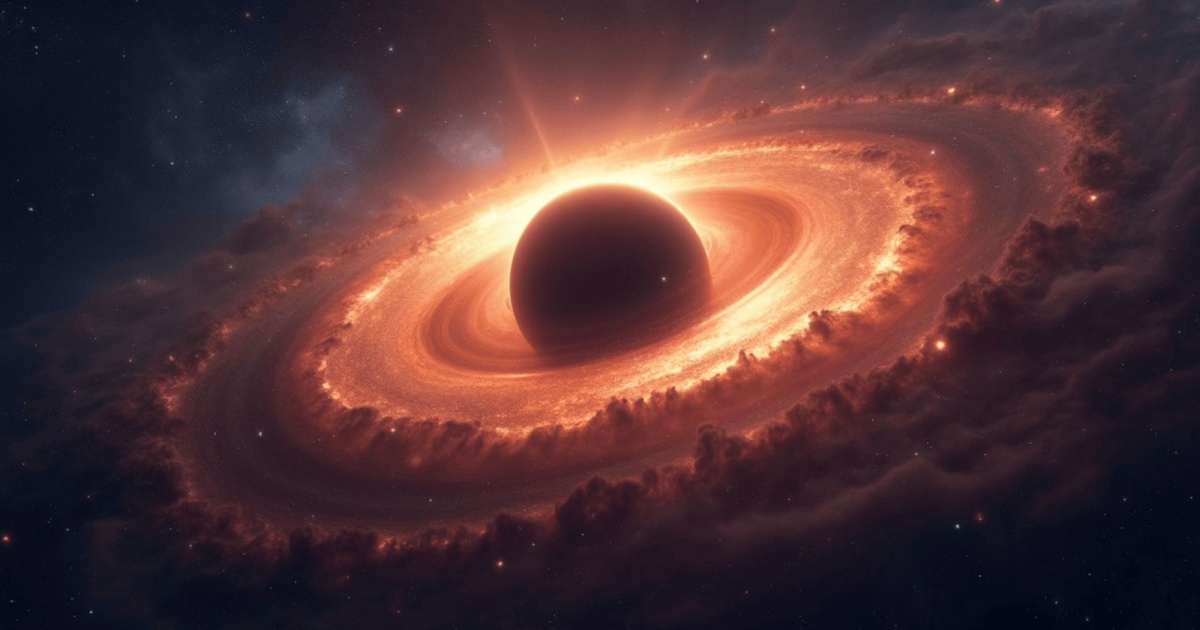
Shutterstock
Black holes are among the most famous things in the universe, though we know shockingly little about them. Sure, astronomers are now able to detect their existence and measure certain things about them by looking at how they affect the surrounding areas, but they have nothing but theories regarding what they are like inside or what the area around them is like up close.
One of the many problems with studying a black hole is that they are so far away. With that in mind, astrophysicist Cosimo Bambi from Fudan University in China thought that it would be a good idea to send a spacecraft to the nearest black hole we can find to gather as much information as possible. In an interview with ScienceAlert, he said:
“I was looking for some completely new way to study black holes and I realized that an interstellar mission to the closest black hole is not unrealistic – but nobody had ever proposed it.”
There are plenty of reasons why nobody has proposed it. First, even if a craft is able to get up close to the black hole, it would still have lots of limitations. Since black holes are so massive that not even light can escape, looking at them wouldn’t give much information. Also, if the craft flew past the event horizon, it could not transmit information back out. That being said, however, having a craft as close as possible to the black hole would still offer a treasure trove of new details.
Sending a spacecraft is going to be a massive obstacle. The closest black hole that we know of is about 1565 light-years away. This means that even if we could make a craft that could travel at the speed of light, it would take 1565 years to get there and then another 1565 years to send any information back. Needless to say, that is just too long.

Shutterstock
Using modern techniques, however, it is possible that astronomers could find a black hole that is much closer to Earth. Bambi explains:
“I think we just need to be ‘lucky’ and have a black hole within 20 to 25 light-years. This is not under our control, of course. If there is a black hole within 20 to 25 light-years of the Solar System, we can develop the technology for such a mission. If the black hole is not within 20 to 25 light-years, but still within 40 to 50 light-years, the technological requirements are more challenging. If the black hole is at more than 40 to 50 light-years, I am afraid we have to give up.”
Finding a black hole this close to us is one big obstacle, but designing a ship to go to it is another. Nothing we currently have available could come close. There are known technologies, however, that could make it a possibility. For example, it is theoretically possible to build a spacecraft that gets its initial speed and trajectory from Earth-based lasers, and then picks up more speed from solar power. If it works, this craft could travel at up to a third of the speed of light.

Shutterstock
If the black hole is 20 light years away, that means the craft would arrive in a little over 60 years (accounting for acceleration and deceleration). Tack on some time and then another 20 years for any data that it transmits back to Earth and the astronomers are looking at a total mission time of about 100 years.
So, while it isn’t likely that anybody working on the project today (or even their kids) would be around to benefit from the mission, our ancestors would undoubtedly appreciate the effort.
In addition to the main focus of the mission (studying the black hole), these types of ambitious projects often lead to other technological advances that could be used to further benefit space exploration for generations to come.
If you thought that was interesting, you might like to read about a second giant hole has opened up on the sun’s surface. Here’s what it means.

